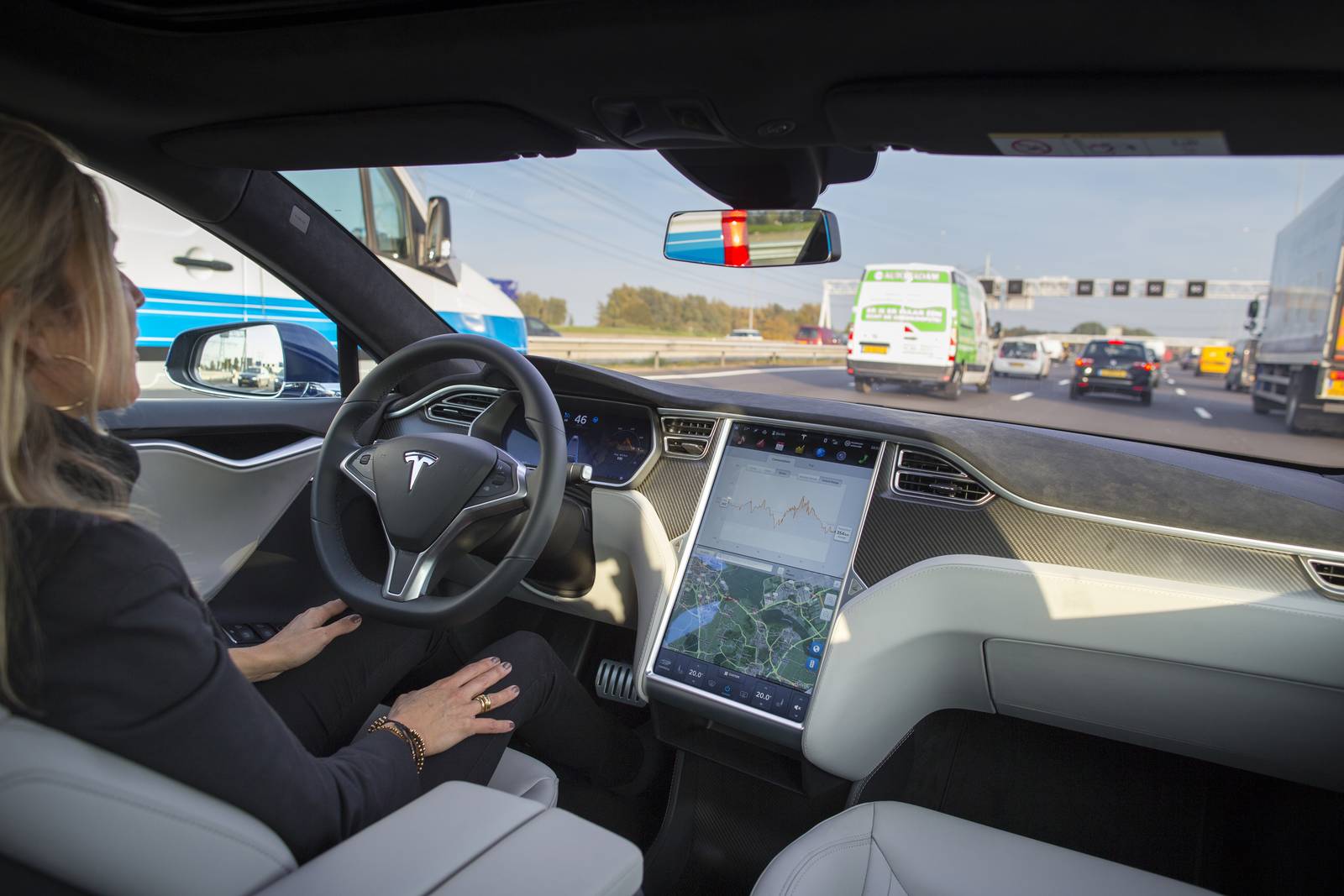Between now and 2030, the automotive industry and “car business” as we know it will undergo more change than it saw during the previous 100 years. For the automakers (OEMs), suppliers, service organizations, and the dealerships on the front lines of the car business, these rapid and fundamental changes to the entire industry and ecosystem will provide significant opportunities for those companies willing to embrace and help drive industry transformation. For all others, this is an existential shift in how the automotive world spins, and many won’t successfully make it through the turns ahead.
Of all the key changes, the transition to electric powertrains is the most significant, also driving or heavily influencing all the other disruptions across the car business. More than just a transition from one power source and motor design, the transition to electric powertrains is changing the industry forever. With electric vehicles requiring fewer components and parts than their internal combustion-powered counterparts, the entire supply chain feeding the automobile industry stands to be disrupted and transformed. In addition, electric vehicles are more software-run than hardware, so this will lead to a changed role that dealerships serve, and how dealerships realize revenue, or not.
Since the launch of the Nissan Leaf and Chevrolet Volt at the end of 2010, the rise of electric vehicles has been rapidly growing. With the arrival of the Tesla Model S in 2012, EV sales in the US have gone from just a few thousand a year to nearly 320,000 in 2020. This greater push towards electric cars has been catalyzed by an increase in the number of available EV models and charging infrastructure, combined with the price of batteries rapidly declining over the last several years.
Additionally, range (time and distance) has been the number one concern among consumers and we’ve seen the average range of electric vehicles increase nearly three-fold, with the median range rising to 250 miles from 86 miles in 2014.
This past decade has seen a major shift in the available EV marketplace, taking electric vehicles from tiny cars with limited range, popular with environmentally-conscious consumers, to being mainstream vehicles. The next decade holds a great diversification of electric vehicles available as well, with popular SUVs and pickup trucks such as the best selling Ford F-150 being available in 2022 as the all-electric Lightning version.
This diversification of vehicle selection will help make electric vehicles more popular in the interior of the country, and not just a progressive coastal trend. By 2025, it’s projected that there will be more than 150 electric-only vehicle models on sale in the United States, up from the 55 available in 2020. It is projected that electric vehicles share of total new vehicle sales will increase to 30% by 2030, up from roughly 2% in 2020.
The transition to electric vehicles brings with it significant and multiple threats and opportunities to auto dealers. Direct-to-consumer sales, mall-based showrooms, and service models — pioneered by Tesla (despite various state dealer franchise laws) — but now also being adopted by Ford, Rivian, Lucid Motors, and others.
This will lead to the changing importance of franchised dealerships, with some dealerships consolidating brands and shrinking their service bays as repair orders and maintenance needs diminish. But opportunities exist for dealerships as well, including expanding into the broader mobility category selling and servicing e-bikes and scooters, providing fast charging and quick maintenance to fleets and ride-sharing drivers, and installing charging stations and vehicle-to-home and grid solutions for new EV customers.
In addition, with automobile manufacturers such as Cadillac, Nissan, Porsche, and Volvo exploring alternate ownership methods including subscription models, these other new mobility approaches provide significant upside for dealers amid a decline in parts and service revenue that is resulting from the increase of low-maintenance EVs in the global fleet.
Over the next two months, we will dive deep into the threats facing OEMs and dealers, and other verticals being impacted by the various changes evolving in the auto industry. More importantly, we will outline a number of ways the car business can operate with success in the electrified future, with many new business opportunities that may lie ahead and are yet to be discovered.
ORIGINAL CONTENT FROM brain+trust PARTNERS.
DISCLOSURE: Brain+Trust is the production partner for Electrify Expo’s Industry Day.







